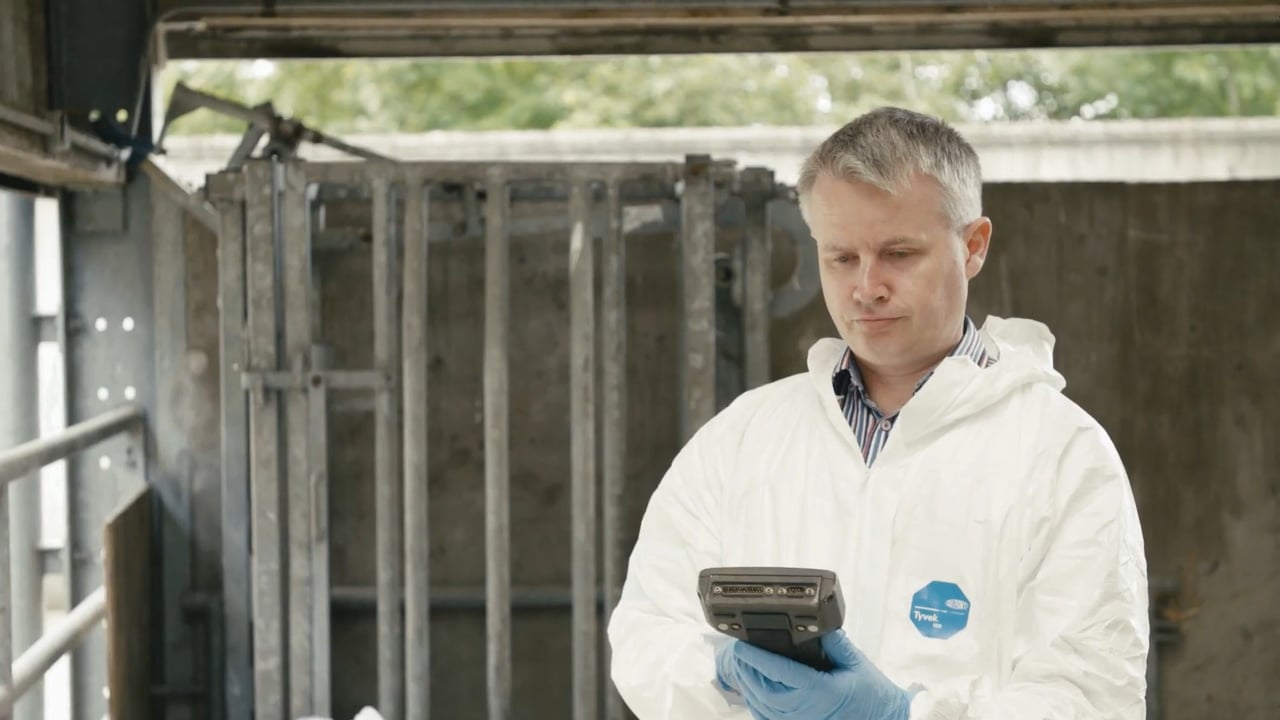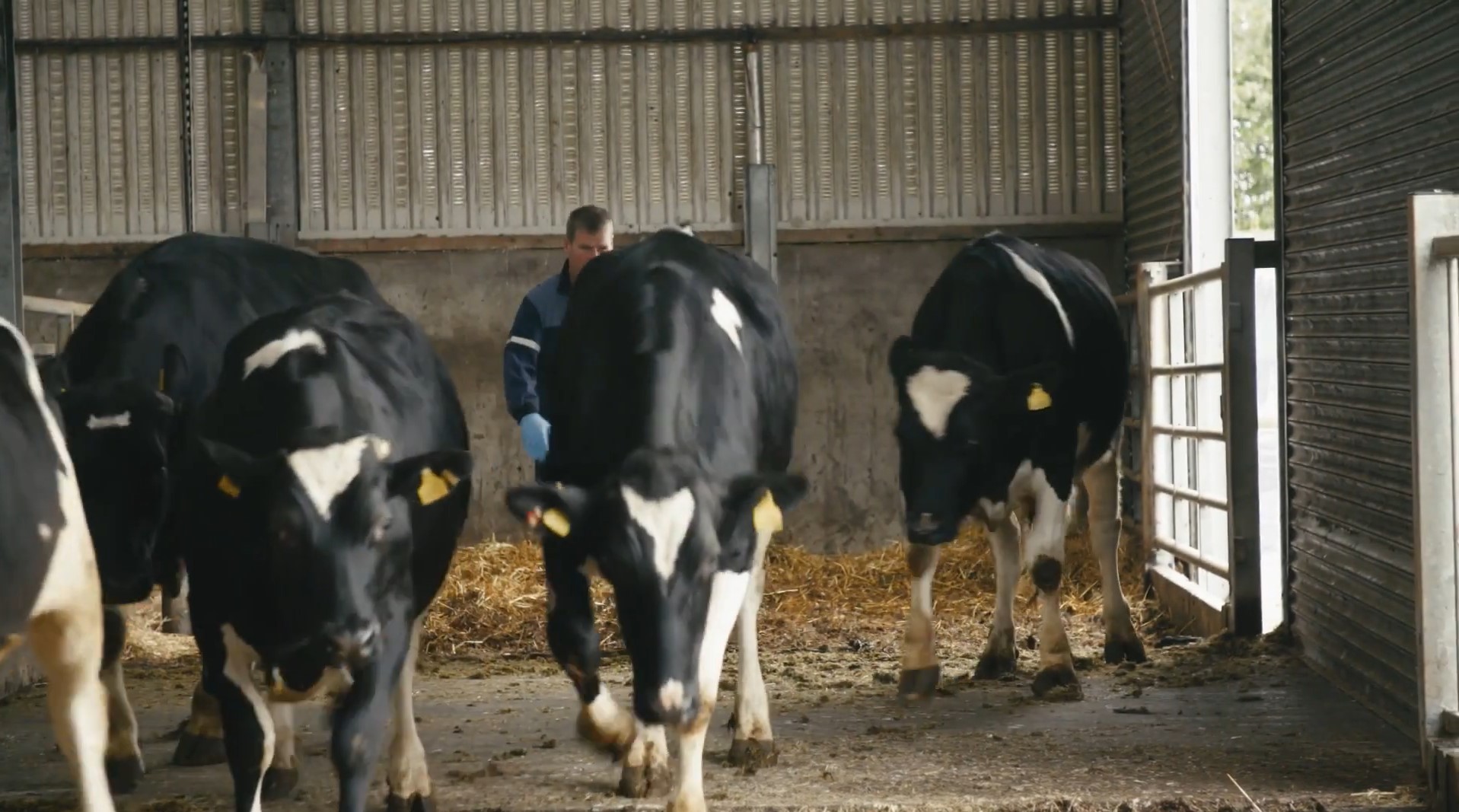DAFM TB Awareness Series

Whole genome sequencing (WGS) of bovine tuberculosis (TB) involves analysing the complete DNA of the bacteria causing the disease Mycobacterium bovis.
By studying its genetic code, scientists can trace how the disease spreads among cattle and wildlife. This can help identify infection sources, track outbreaks and improve our disease control strategies.
WGS is a powerful tool for understanding TB at a detailed level, enabling researchers to detect genetic differences between bacterial strains and supporting the development of policy to help reduce the levels of TB.
WGS can be used for a number of different purposes in the TB Programme in Ireland. These include:
- Determining or ruling out infection source(s);
- Better understanding of how TB is transmitted between and within species.
WGS has enabled the department to gain a better understanding of the transmission pathways of TB.
There are examples of repeated breakdowns in some herds which initially looked like transmission from wildlife or residual infection but turned out to be separate strains introduced from cattle from outside the area of infection based on the use of WGS.
WGS has also highlighted how infection may go undetected for several years in purchased cattle.
A recent study from Northern Ireland looked at an area with high bovine TB levels which had high population densities of both cattle and badgers.
This study found that the disease was driven primarily by infected cattle.
However, the study through the use of WGS found that although badgers had a role in introducing bovine TB to a herd in the area, it was cattle to cattle transmission that transformed the original incursion into subsequent breakdowns of large numbers of cattle infected with bovine TB.
A variety of WGS studies have conclusively concluded that bovine TB spread within a species is greater than spread between species.
That makes biological sense, in that cattle are more likely to mix with other cattle rather than badgers and vice versa.
The issue of residual infection highlights the importance of sourcing breeding cattle from herds where there has been no recent history of bovine TB.
To sum up:
- Cattle to cattle transmission is driving the current surge in reactor numbers;
- Due to the complexity of the transmission pathways, it is necessary to have a multifaceted approach to prevention and control.
What can you do to protect your herd?:
- Source cattle from herds historically free of bovine TB;
- Breed replacements with higher genetic resistance to bovine TB;
- Block interactions between badgers and cattle by fencing off setts and badger proofing feed stores, and water troughs etc,. and vaccination.

